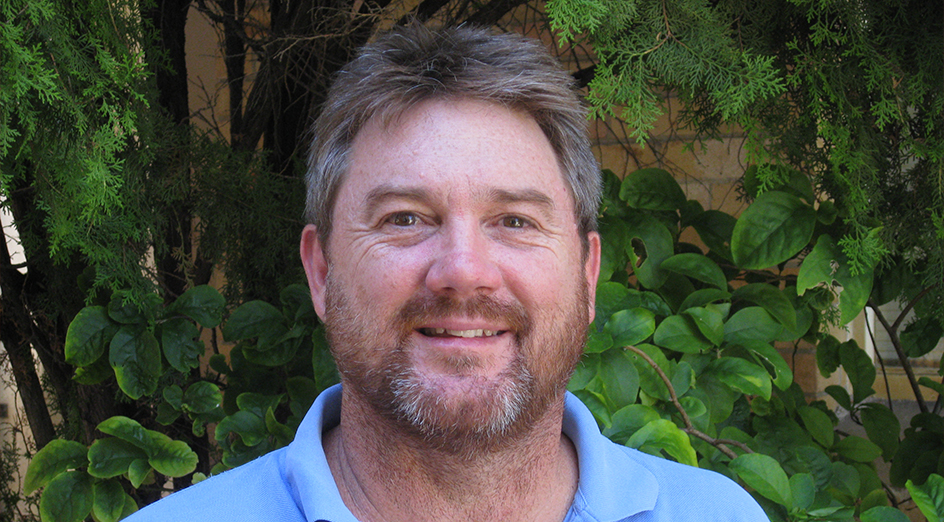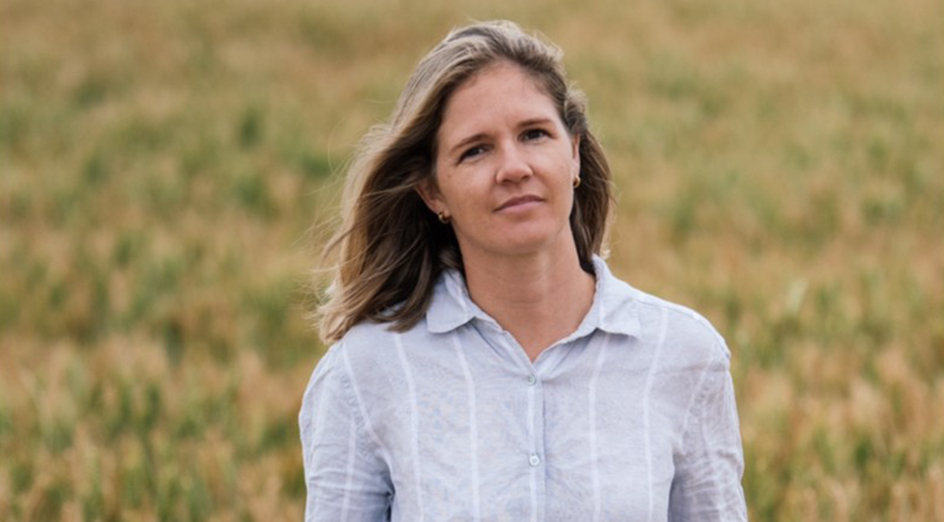If WA’s two million head of cattle could talk, they’d probably tell you it’s been a busy few years on the land. The more enlightened among them might even say they’ve felt seen.
BeefLinks, a research and development collaboration between UWA, Meat & Livestock Australia and the MLA Donor Company, has for the past four years focused a tight lens on beef production in the State’s north – an industry challenged by the vastness of the land separating its 4000-plus cattle businesses.
WA’s herd roams every corner of the State, ranging on extensive pastoral stations in the far north all the way down to the lush pastures of the far south and South West. Many of its agricultural zones are devoid of population bases and the centralised beef research hubs enjoyed by east-coast producers have not been realised here.
In 2019, BeefLinks set out to change that, pulling the industry together in time for the challenges at its doorstep, among them climate change and the pressing need for market diversification.
 Image: Professor Phil Vercoe.
Image: Professor Phil Vercoe.
Project leader Professor Phil Vercoe, an animal science expert within UWA’s School of Agriculture and Environment and associate director of The UWA Institute of Agriculture, said the time was right for an initiative such as BeefLinks.
“It came about at a time where there was a focus on the top half of Australia being a food bowl and an awareness within the WA beef industry that there needed to be a bigger focus for growth moving forward, that just relying on the live export trade wouldn’t be enough,” Professor Vercoe said.
“At the same time mining companies in the north were dropping the water table to get access to iron ore, so they were pumping groundwater up through pivots and wanting to grow fodder for cattle under those pivots.
“That’s a massive change to a system; it alters the dynamics of the rangelands and so it becomes really important to know what to grow, how to manage them and how to integrate those changes into the system. That’s where you really need sound industry knowledge and research, but WA hasn’t had a critical mass of research support in the north for some time.”
Professor Vercoe and a small team at UWA pulled together the industry’s key stakeholders, including MLA, mining companies and producers, for a series of workshops to get a sense of what the industry’s roadmap should look like.
“We started to list those high-level areas where there were gaps in our understanding of the system – and there were many gaps at that point,” he said. “For the industry to become more sophisticated about getting higher value right across the supply chain, it was essential to better understand the system and all its moving parts down the supply chain.”
There was also an increasing awareness among producers about the potential impacts of climate change and the need to be more resilient in their operations, Professor Vercoe said.
Once established, BeefLinks quickly grew to encompass a suite of research projects covering all aspects of the industry’s supply chain, including:
- Practices to improve the transition of animals from pastoral zones into backgrounding systems.
- The tracking of animal movements and diet to better inform grazing management practices that increase productivity and carbon in the landscape.
- Proof-of-principle trials of virtual fencing technology.
- Analysis of the nutritional value and methane-reducing potential of WA rangeland plants.
Underpinning all of these was a comprehensive socioeconomic research project that produced an economic framework for improved decision-making among producers.
 Image: Dr Fiona Dempster.
Image: Dr Fiona Dempster.
Key researcher Dr Fiona Dempster said that project involved extensive discussions and interviews with producers.
“It was about getting to the heart of what drives decision-making, especially when weighing up the adoption of new practices and new markets,” she said.
“Producers don’t make decisions in a vacuum and they don’t only consider such things as productivity or science. They weigh up all the elements; it’s a holistic picture. And animal welfare is always vital to them.”
With still a year to go in its current format, BeefLinks hasn’t yet tallied the bottom-line difference it’s made to the State’s beef industry (MLA has projected it to deliver $72 million in net benefits), but Professor Vercoe said it had already achieved something invaluable: a collaborative sense of possibility.
“There’s a vibe,” he said. “The industry is aware of BeefLinks and our genuine interest in supporting them. There’s a lot of momentum and trust that’s been established and that simply must continue.
“Even modest changes and improvements across a supply chain can deliver millions of dollars in extra value, but it will only happen through collaboration, trust and the sharing of knowledge.”
